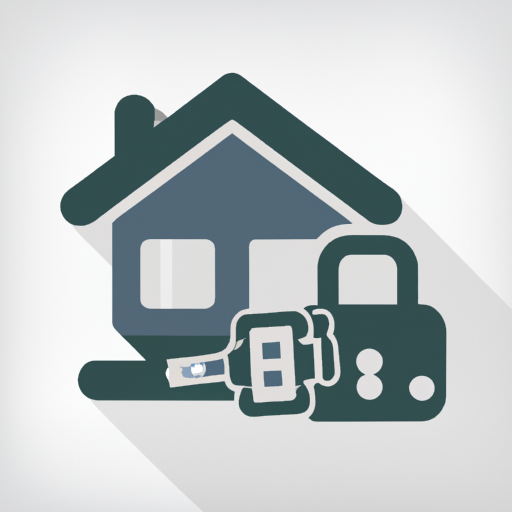Introduction
Hi, I’m Terry Smith, and I’m a professional locksmith. As a locksmith, I’m often asked about the science and mechanics behind lock picking. People want to know how it works, why it’s important, and how to prevent it. In this article, I’m going to explain the science and mechanics of lock picking, as well as how to prevent it.
Lock picking is an important skill for locksmiths and security professionals to have. It allows us to open locks without the need for a key, which can be useful in emergency situations or when a key is lost or stolen. It’s also important to understand the science behind lock picking so that we can better protect our homes and businesses from burglars and thieves.

The Mechanics of Lock Picking
Before we can understand the science behind lock picking, it’s important to understand the mechanics of it. A door lock is made up of several components, including a cylinder, pins, and a key. The cylinder is the part of the lock that is inserted into the door, and the pins are the small metal pieces that move when the key is inserted.
When a lock picker attempts to open a lock, they use a variety of tools to manipulate the pins in the cylinder. These tools include tension wrenches, pick guns, and picks. A tension wrench is used to apply tension to the pins, while a pick gun is used to rapidly move the pins up and down. A pick is used to move the pins into the correct position.
The Science Behind Lock Picking
Now that we understand the mechanics of lock picking, let’s look at the science behind it. Lock picking is a science that relies on physics and probability. When a lock picker applies tension to the pins, they are manipulating the force of gravity and the force of friction. By manipulating these forces, the lock picker can move the pins into the correct position and open the lock.
On a molecular level, lock picking works by manipulating the molecules in the pins. By applying pressure to the pins, the molecules move and the pins can be moved into the correct position. This process is known as “picking” and is the basis of lock picking.
The probability of lock picking success depends on the type of lock being picked and the skill of the lock picker. Some locks are easier to pick than others, and some locks require more skill than others. The more experienced a lock picker is, the more likely they are to be successful in picking a lock.
Preventing Lock Picking
The best way to prevent lock picking is to choose the right lock. There are many different types of locks available, and it’s important to choose one that is secure and difficult to pick. It’s also important to hire a professional locksmith to install the lock, as they can ensure that it is properly installed and secure.
In addition to choosing the right lock, there are other home security techniques that can reduce the risk of lock picking. These include using deadbolts, installing security cameras, and using motion sensors. These measures can help to deter burglars and thieves and make it more difficult for them to pick the lock.
Conclusion
Lock picking is an important skill for locksmiths and security professionals to have, and it’s important to understand the science and mechanics behind it. By understanding the physics and probability of lock picking, we can better protect our homes and businesses from burglars and thieves. Additionally, by choosing the right lock and using other home security techniques, we can reduce the risk of lock picking.
If you have any questions or comments about lock picking, please feel free to leave them in the comments section below. Thank you for reading, and I hope this article has been helpful.
